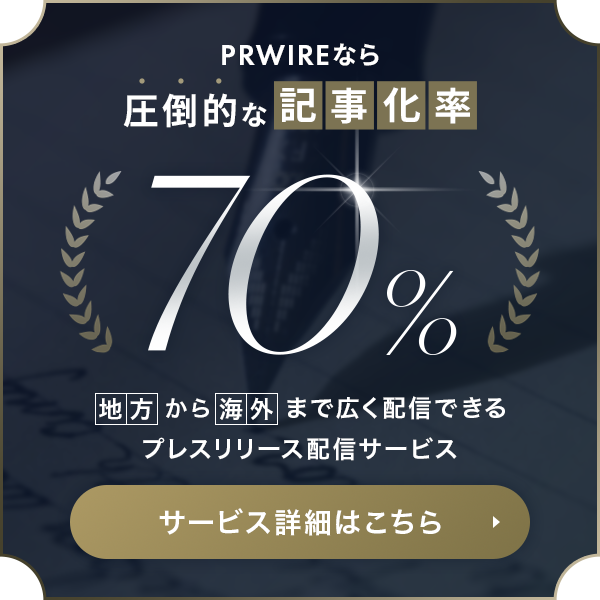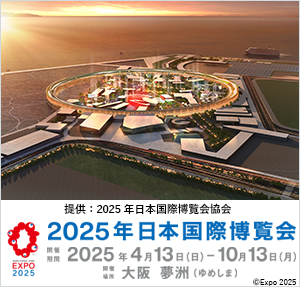MANA Develops Ferroelectric-ferromagnetic Materials for Next-generation Electronics
TSUKUBA, Japan, Jan. 7, 2025 /Kyodo JBN/ --
Research Center for Materials Nanoarchitectonics (MANA), National Institute for Materials Science (NIMS)
Researchers at the Research Center for Materials Nanoarchitectonics (MANA) have proposed a method to create ferroelectric-ferromagnetic materials, opening doors to advancing spintronics and memory devices.
Image: https://cdn.kyodonewsprwire.jp/prwfile/release/M105739/202412121557/_prw_PI1fl_8666b1RP.jpg
In 1831, Michael Faraday discovered the fundamental connection between electricity and magnetism, demonstrating that a changing magnetic field induces electric current in a conductor.
In a recent study, MANA researchers have proposed a method for designing ferroelectric-ferromagnetic (FE-FM) materials, which exhibit both ferroelectric and ferromagnetic properties, enabling the manipulation of magnetic properties using electric fields and vice versa. Such materials are highly promising for spintronics and memory devices. The advantage of FE-FM materials, extremely rare in nature, is their ability to achieve the cross-control by relatively low electric and magnetic fields. The study, led by Principal Researcher Igor Solovyev from MANA, NIMS, included contributions from Dr. Ryota Ono from MANA, NIMS, and Dr. Sergey Nikolaev from the University of Osaka, Japan.
Ferroelectric materials possess a permanent electric polarization, usually arising from ion displacement in their crystalline lattice and resulting in the formation of charged electric dipoles, which align in the same direction. The key feature of ferromagnetic materials is the uncompensated magnetic moment produced by electron spins and orbital motion. Combining both properties in a single material is challenging since the ion displacement enabling ferroelectricity can disrupt the magnetic ordering needed for ferromagnetism. Similarly, the ferromagnetic alignment of magnetic moments is not sufficient for breaking the spatial inversion symmetry required for producing ferroelectricity.
The authors of the current study proposed that antiferro orbital ordering, driven by the Kugel-Khomskii mechanism, where electrons tend to occupy alternating orbitals, can promote both ferromagnetic interactions and break the inversion symmetry. When tested on VI3, a van der Waals ferromagnet with a honeycomb structure, this ordering resulted in an FE-FM ground state.
"By properly arranging occupied atomic orbitals in a solid, one can make the material not only ferromagnetic but also ferroelectric," says Dr. Solovyev, highlighting the potential of this approach for developing next-generation electronic devices based on multiferroic materials and ferroelectric ferromagnets.
Research Highlights Vol. 91
https://www.nims.go.jp/mana/research/highlights/vol91.html
MANA Research Highlights
https://www.nims.go.jp/mana/ebulletin/index.html
本プレスリリースは発表元が入力した原稿をそのまま掲載しております。また、プレスリリースへのお問い合わせは発表元に直接お願いいたします。
このプレスリリースには、報道機関向けの情報があります。
プレス会員登録を行うと、広報担当者の連絡先や、イベント・記者会見の情報など、報道機関だけに公開する情報が閲覧できるようになります。
このプレスリリースを配信した企業・団体

- 名称 国立研究開発法人物質・材料研究機構(NIMS) ナノアーキテクトニクス材料研究センター(MANA)
- 所在地 茨城県
- 業種 各種団体
- URL https://www.nims.go.jp/mana/jp/













